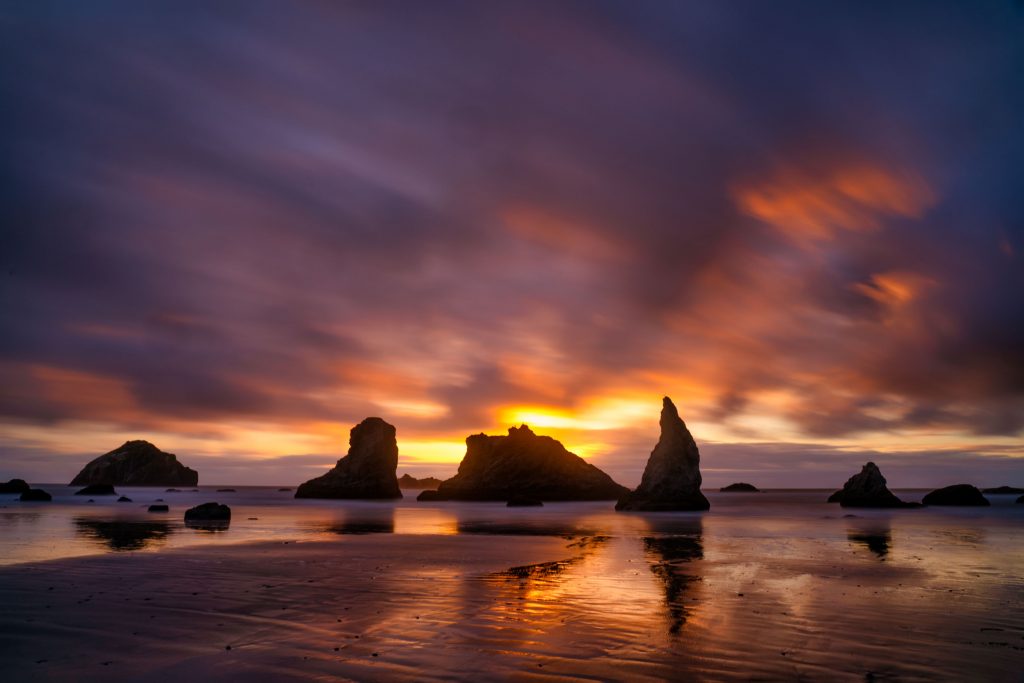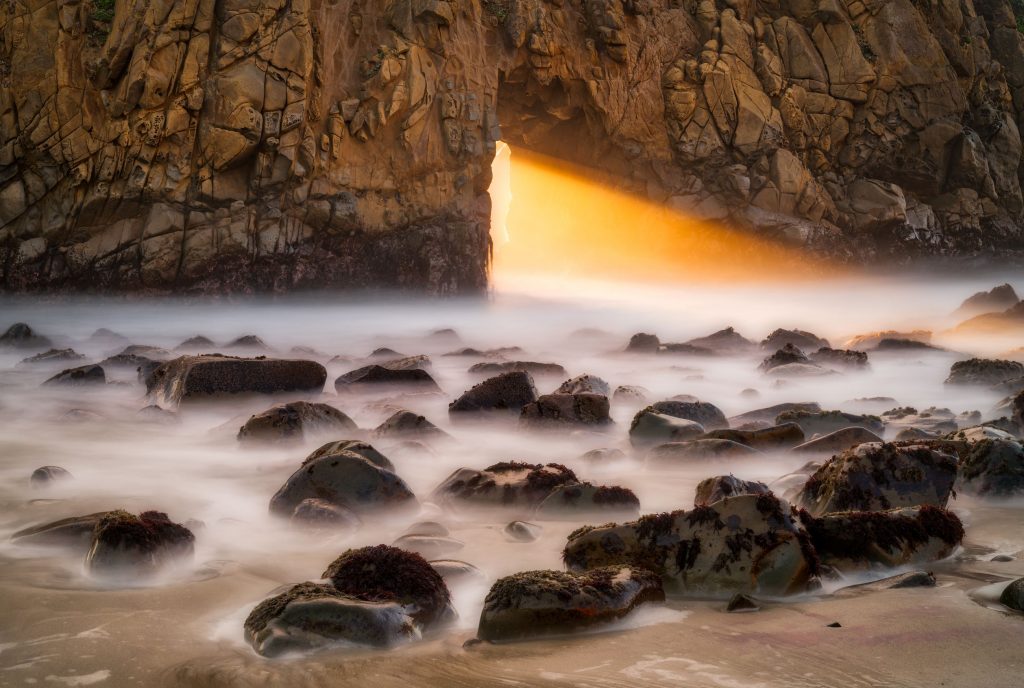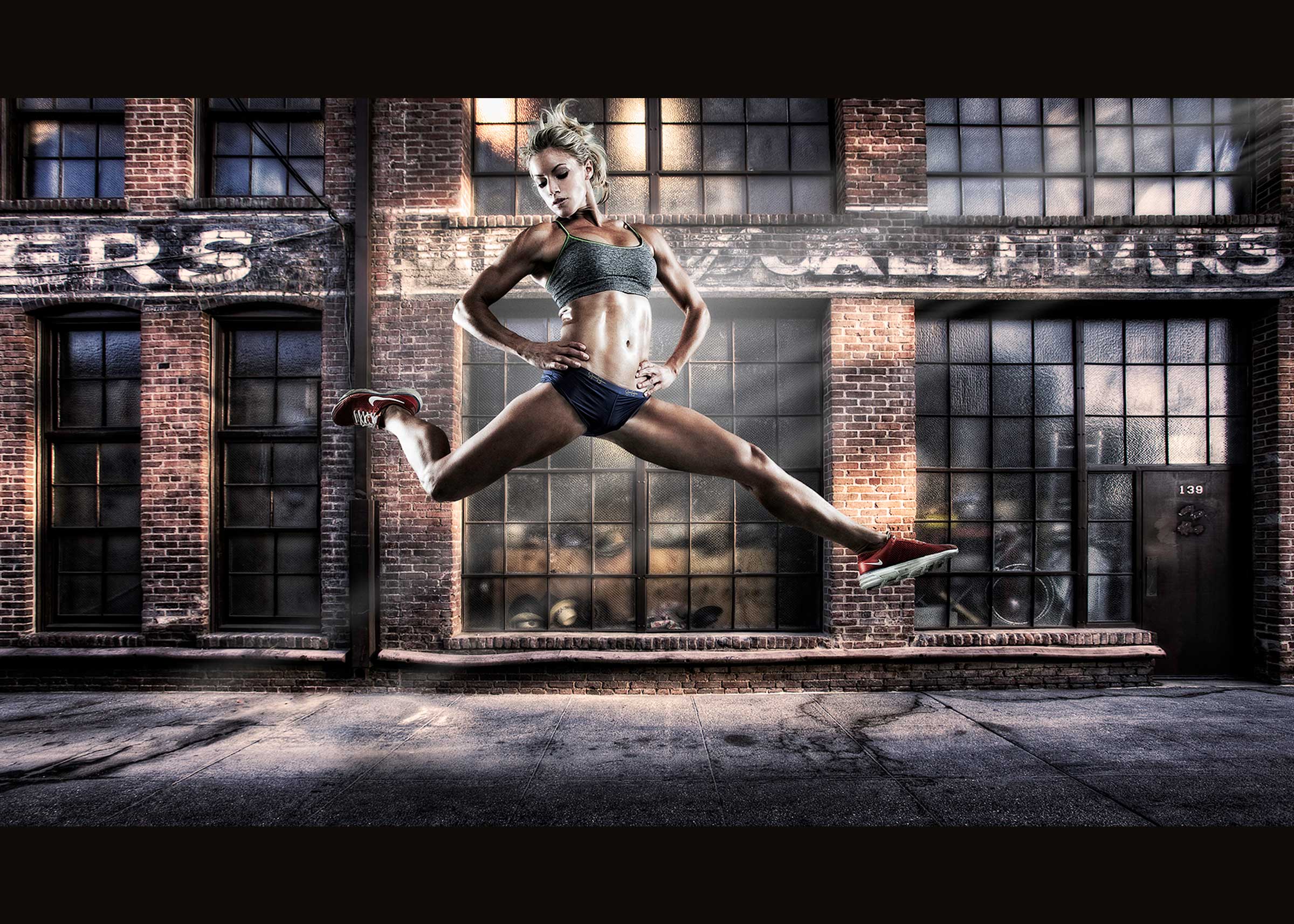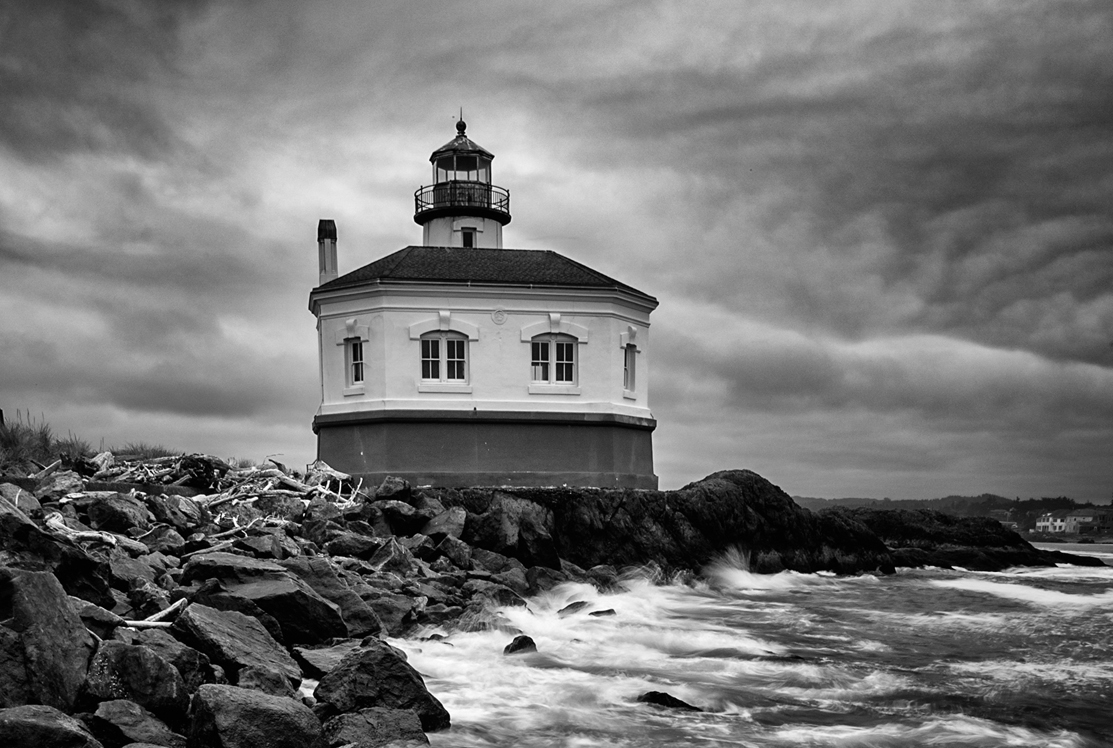Long Exposure Photography By Don Smith
If you are looking for a jolt of creativity to do something new and different with your photography, think about trying long exposures.
It is easier than you think and the resulting images take on a painterly feel.

Long Exposure Subjects
You only need to find the juxtaposition of two elements in nature to have a good candidate for a long exposure image: a.) a stationary subject and b.) something moving.
Generally, a great candidate is water; this is usually where most photographers find inspiration.
But go beyond that. Even though elements to our eyes may look stationary, there is generally some movement. Think of clouds as an example. To our eyes they may not look as if they are moving, but generally they are. The longer the exposure the more movement one will get.
Another element is foliage/flowers/leaves – they all move if a breeze is present. Oftentimes I will switch gears and instead of trying to freeze my subject, I go 180 degrees in the other direction and allow the movement to paint streaks of color across my frame.
My last recommendation is the night sky. Try 20-plus minutes of exposure on a dark night and watch your stars’ streak to provide some amazing results.
Equipment Needed for Successful Long Exposure Photography

First and foremost, your camera must be locked on a tripod for good support, preferably with a ball head and L-plate so you can orient from vertical to horizontal quickly and then fine-tune the composition with small movements of the camera allowed by the ball head. My choice is always Really Right Stuff because it is reliable and easy to use.
Either use a cable release or a Bluetooth remote to trigger your camera. If you don’t have either don’t despair, as the long exposure will usually mitigate any camera movement you may create by tripping the shutter manually.
Lastly, Neutral Density filters help lengthen the amount of time you can leave the shutter open. I find that the minimum amount for an effective long exposure image generally begins at 30 seconds. I carry 5, 10 and 15-stop Singh-Ray Neutral Density filers. Around the edges of the day, 5-stops is enough. Brighter light will require more ND and that is where 10 and 15 stop ND’s come in.
How Much Exposure is Enough?

Only you can answer that question. Unlike the film days, our digital cameras provide immediate results so you can change on the fly. Ultimately, you are judging in the field if you’ll need either more or less subject movement.
Experiment with exposures from 30 seconds to 10 minutes and everywhere in between. Whatever is moving in your frame will dictate the amount of time needed. Just start somewhere and let your imagination run wild!
About Don

Don Smith is a professional landscape/sports photographer who leads workshops in both the United States, and abroad (New Zealand, Norway, Scotland, Iceland and Patagonia). He is a Sony Artisan of Imagery Pro and a Singh-Ray Ambassador. Don also has an extensive background in sports photography having worked for the NHL’s San Jose Sharks as Team Photographer for 28 years and Sports Illustrated for 7 years. For the past 14 years, Don’s main attention has been placed on building and running his successful landscape-based Workshops.
Check out our long exposure tips here!


